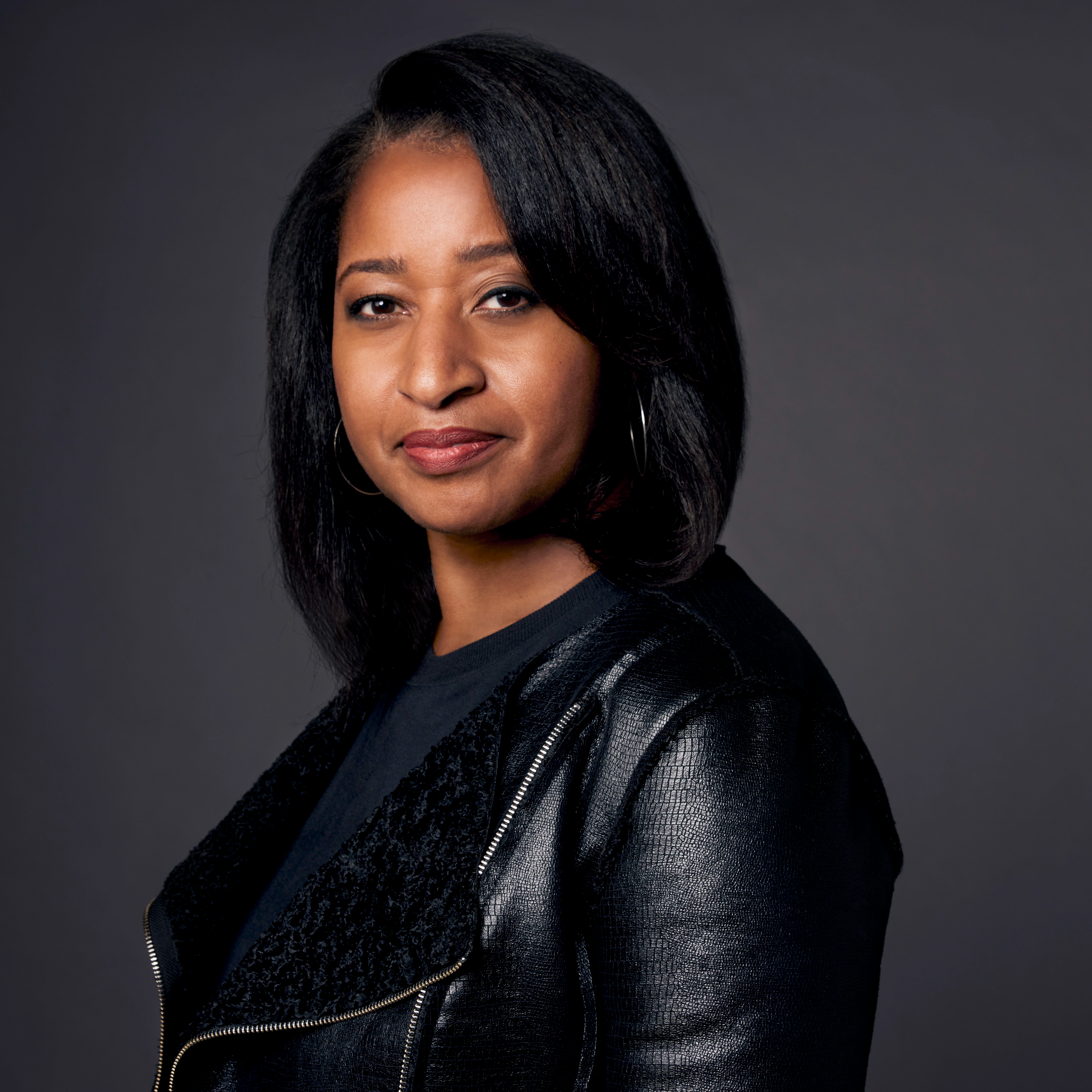OPINION: We need the public pools that segregation helped take away

The arrival of Labor Day brings the unofficial end of summer and the official end of swimming season at most outdoor municipal pools.
But for residents of East Point, the last public pools in the city have been closed for more than 40 years. In 1982, voters defeated a referendum that would have funded repairs at the two existing pools, as well as the construction of a third pool.
A few years ago, while looking for a place for her children to learn to swim, East Point resident Hannah Palmer began researching the history of lost public pools in metro Atlanta. She found a long-buried history, similar to the history that played out in communities nationwide: Public pools often closed rather than integrate or fell into disrepair and neglect as white residents turned to private clubs and backyard pools.
“Ghost Pools” is Palmer’s summer-long public art project that memorializes the locations of the pools serving the city of East Point from 1953 until they closed. Palmer used aerial photos to determine the outline of the pools, then recreated them with blue paint, diving boards, pennants, LED lights and signage.
The spaces, even in abandonment, revealed the disparities that existed when they were in full bloom.
The Spring Avenue pool location, which served white residents, was twice the size of the Randall Street pool, which served their Black neighbors. Today, the Spring Avenue pool re-creation is grown over with lush grass; parking and bathrooms are nearby, Palmer said. The site of the Randall Street pool is a concrete parking lot.
When we talked, Palmer was formulating her reflections for her upcoming closing presentation. “Were these spaces ever meaningfully integrated? Can these spaces really be integrated community spaces?” she said.
Or do we need to rethink where public pools should go and who will use them?
We know the practical reasons that we need public swimming pools. Decades of pool closures have left generations of young people unable to take swimming lessons — 40% of white children, 45% of Latino children and 60% of African American children can’t swim, according to a 2017 survey from the USA Swimming Foundation.
But municipal pools also have served as community gathering places. They are places where kids hang out with their peers on hot summer days, seeking a respite from boredom and heat, especially in urban neighborhoods that are most vulnerable to extreme temperatures.
Last summer, while visiting South Bend Park in Atlanta, I watched a group of teenagers walk to the pool wearing swimsuits and carrying towels only to find the pool gates locked for unknown reasons. I wondered where they would go.
I was sure of one thing, a closed pool has the same impact on a community as no pool.
In America, municipal swimming pools started in the late 19th century as bath houses. Those were designed to encourage poor, Black and immigrant residents of inner cities to absorb middle-class values of cleanliness, which would stem the spread of disease and maybe even crime, the thinking went, because dirtiness was a sign of immorality, according to the book “Contested Waters,” by Jeff Wiltse.
Swimming was divided primarily along class and gender lines until the 1920s when the focus of public pools shifted from cleanliness to community sociability. Pools are intimate spaces, and race became the most divisive social distinction.
By 1964, when public pools in Atlanta were integrated, the privatization of pools was already underway. Private swim clubs and residential pools exploded, while taxpayer support for public pools began to wane. Municipal pools in cities across the country closed, and those that remained were often poorly maintained.
In memorializing the East Point pools, Palmer sought to create conversations about how history has shaped the city and how we can build better in the future once we have a shared understanding of that history.
The exhibit, commissioned by Flux Projects, includes oral histories from current and former residents. Those interviews reveal the transformative power of water, said Ann Hill Bond, who facilitated the recordings.
Watching them talk, “You can see in their eyes they are reliving every second of those summers,” said Bond, who recorded at the pool sites. I want people to hear the stories and take away that water is so important in our lives, and we just don’t realize it until it is gone.”
The recordings reveal moments of both joy and pain. Bond was surprised that, even today, some people were hesitant to talk about their experiences at the pools. “It tells me that the trauma is still there,” she said.
Municipal pools began as spaces to serve the poor who did not have access to water. But, when the middle and upper classes started using them for leisure, the people most in need of access to water began to lose it.
Once a community has stopped investing in public pools, it is hard to create that sense of obligation again, Palmer said.
Public swimming pools have a tumultuous history, but we can use these lessons to reimagine pools for the communities we live in now rather than those that existed in the past.
Read more on the Real Life blog (www.ajc.com/opinion/real-life-blog/) and find Nedra on Facebook (www.facebook.com/AJCRealLifeColumn) and Twitter (@nrhoneajc) or email her at nedra.rhone@ajc.com.



